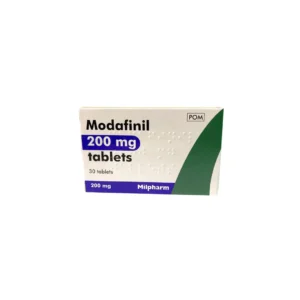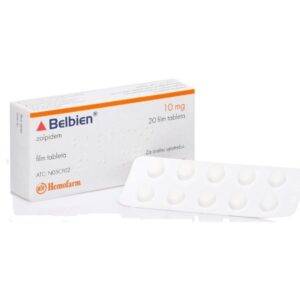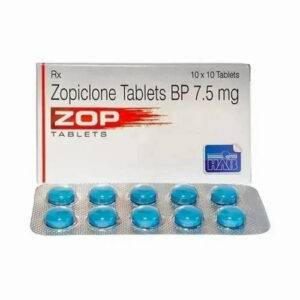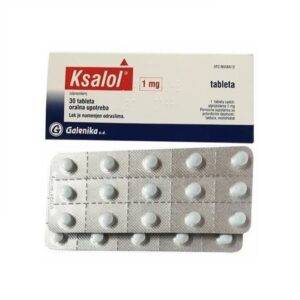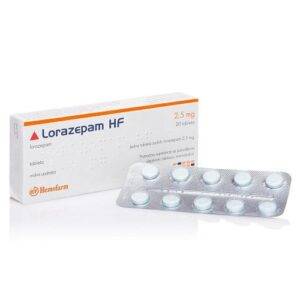Diazepam is a medication belonging to the benzodiazepine class of drugs, primarily used to treat anxiety disorders. It functions as a central nervous system depressant, enhancing the effects of gamma-aminobutyric acid (GABA), a neurotransmitter that inhibits nerve transmission in the brain, producing a calming effect. This mechanism of action helps reduce the psychological and physical symptoms of anxiety, such as restlessness, tension, and agitation.
Diazepam is typically prescribed for short-term relief of severe anxiety symptoms due to its rapid onset of action and effectiveness. It is available in various forms, including oral tablets, injections, and rectal gels, allowing for flexible administration depending on the patient’s needs. The dosage of diazepam for anxiety management usually ranges from 2 mg to 10 mg, taken two to four times daily, depending on the severity of symptoms and the individual’s response to the medication.
Despite its effectiveness, diazepam carries a risk of dependence, tolerance, and withdrawal symptoms if used for an extended period or at high doses. Therefore, it is generally recommended for short-term use, typically not exceeding four weeks, and under strict medical supervision. Common side effects of diazepam include drowsiness, dizziness, fatigue, and muscle weakness. In some cases, more severe side effects, such as confusion, respiratory depression, or paradoxical reactions (increased anxiety, agitation), may occur.
Due to the potential for abuse and the risk of severe side effects, diazepam is classified as a Schedule IV controlled substance in many countries. It should be used with caution in patients with a history of substance abuse, certain medical conditions, or concurrent use of other CNS depressants. Patients are advised not to abruptly discontinue diazepam to avoid withdrawal symptoms, which can range from mild anxiety and insomnia to severe symptoms such as seizures and hallucinations. Diazepam is contraindicated in individuals with certain conditions, such as severe respiratory insufficiency, sleep apnea syndrome, and acute narrow-angle glaucoma.
Showing the single result
-
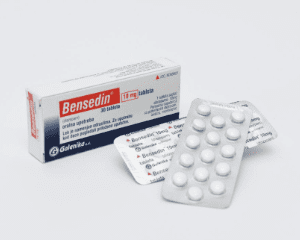
Diazepam
Rated 0 out of 5$177.49 – $684.27Price range: $177.49 through $684.27Select options This product has multiple variants. The options may be chosen on the product page



